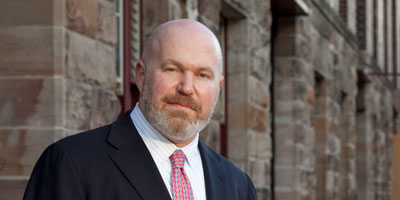Factor investing not without its risks – Asness
(pictured: Cliff Asness)
With the rise of factor investing and smart-beta strategies so, too, have come some new risks, such as the temptation to “factor time” and the increasing weight of money possibly leading to more market crashes. A new paper by Cliff Asness warns against “the siren song of factor timing”.
Asness, a founder and CIO of the big global hedge fund manager AQR Capital, is a keynote speaker at this year’s AIMA Australia Forum on September 13 at the Sofitel Sydney Wentworth Hotel.
He says in the paper to be published in a forthcoming Journal of Portfolio Management that there is a powerful incentive to oversell timing ability.
“Factor timing has the potential of reintroducing a type of skill-based ‘active management’ (as timing is generally thought of this way) back into the equation,” he says. “I think that siren song should be resisted, even if that verdict is disappointing to some. At least when using the simple ‘value’ of the factors themselves, I find such timing strategies to be very weak historically, and some tests of their long-term power to be exaggerated and/or inapplicable.”
For instance, valuations failed to predict the “Quant Crash” of August 2007 and such crashes will likely occur again because of the increasing popularity of factor investing. Asness says, though, unlike some other researchers he finds himself being “matter of fact” about it.
“I think that comes with the territory when investing in the known (and investing in the known can still be a wonderful long-term decision). Invest in these factors if you believe in them for the long-term and be prepared to survive, not miraculously time, turning points. Stick with your long term plan.
“Frankly, I think ominous sounding references to the August 2007 event when valuations didn’t predict that event and are not at bubble extremes today (in either direction) amount to scare tactics essentially shouting fire in a surprisingly uncrowded factor theatre.”
Asness advises investors to focus most on the factors that they believe in over the very long haul based on both evidence and economic theory. They should diversify across the various factors and access them cost-effectively.
“Realise that these factors, like the stock market itself, are now well-known and will likely ‘crash’ at some point again. So, invest in them if you believe in them for the long-term and be prepared to survive, not miraculously time, these events sticking with your long-term plan.
“If you time the factors, and I don’t rule it out completely, make sure you only ‘sin a little’. Continue to monitor such things as the value spreads for signs these strategies have been arbitraged away…”









